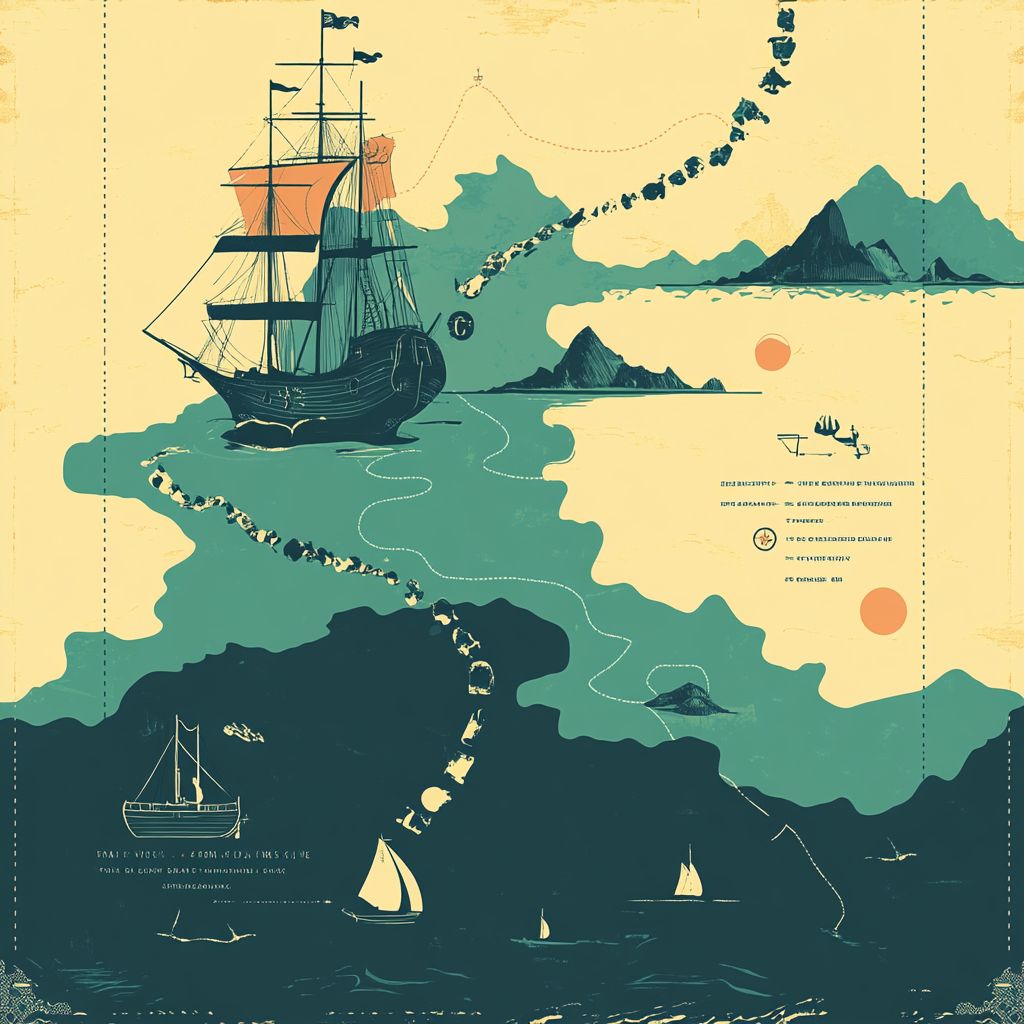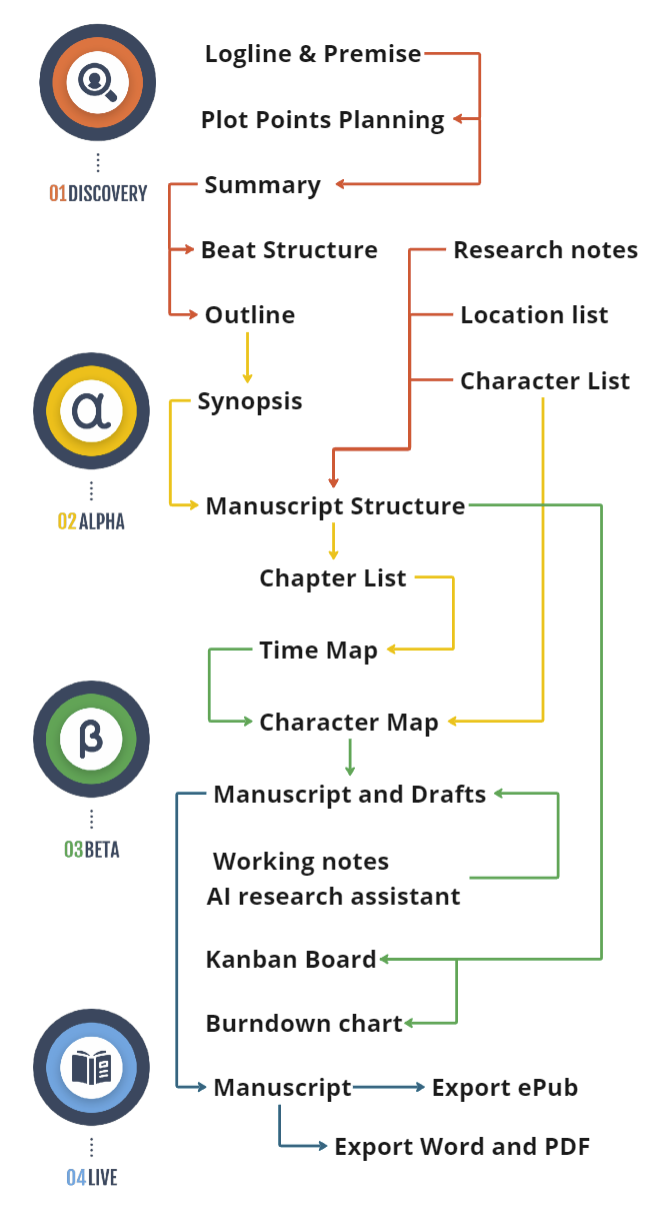While blog posts and “missing scenes” are excellent ways to repurpose leftover research, infographics can deliver data-driven insights in a more shareable, eye-catching format. Most authors overlook the wealth of numbers, stats, and comparisons uncovered while exploring their novel’s backdrop—be it historical, scientific, or cultural. By crafting simple infographics that tie these facts to your story, you gain powerful SEO-friendly assets. Visuals often garner more backlinks, higher social media engagement, and broader reach than text alone. An infographic organizes key points or statistics into a concise graphic. For an author, that might mean charting how certain technologies advanced during a particular historical period central to your plot, or comparing magical “systems” across cultures if you write fantasy. Coupled with your novel’s marketing, these infographics become conversation starters. “Did you know these five oddities about Victorian London?” or “Three crucial experiments that inspired my sci-fi’s medical breakthroughs.” As readers share these visuals, your site reaps the SEO rewards. Authors with a penchant for detail—those who compiled extensive timelines, genealogical charts, or scientific references—can transform these spreadsheets or notes into clickable designs. Even if your writing style leans fictional or imaginative, you can illustrate background influences. Visual learners will thank you for summarizing complex topics in an easily digestible form.
Choose A Focused Topic
Avoid overwhelming viewers with too many data points. Pick one narrow subject: “Comparative Ship Speeds in 18th-Century Europe” or “Timeline of Real Mars Missions Leading to My Novel’s Futuristic Setting.”
Gather Key Stats
Ensure your leftover research yields a few pivotal facts or figures—dates, percentages, short textual comparisons. Fact-check thoroughly to avoid credibility issues.
Use Simple Online Tools
Platforms like Canva or Piktochart offer infographic templates. Incorporate your novel’s branding or color scheme, along with relevant keywords in headings and image file names.
Embed SEO Elements
Add a brief textual overview under the infographic for search engine crawling. Include alt-text describing what the infographic depicts. Use a catchy meta description to entice clicks.
Promote On Social Channels
A visually appealing infographic is more likely to be shared. Encourage fans to repost with a mention of your book or site. Each share increases backlinks, funneling fresh visitors your way.
Infographics stand out in a sea of text-heavy content. When potential readers see colorful, data-rich visuals that tie into your story’s theme, they become more intrigued about the depth behind your novel. Additionally, the proven shareability of infographics can generate organic links, which are gold in SEO terms. This strategy not only repurposes your unused research but elevates your author brand as knowledgeable and resourceful. Review your notes for any quantifiable data—dates, figures, or comparisons—linked to your book’s setting or premise. Convert these details into a short infographic using a free template. Post it on your site with an inviting blurb, referencing your novel’s deeper world. Then share it widely, watching how a single visual can fuel reader curiosity and increase your online visibility.




